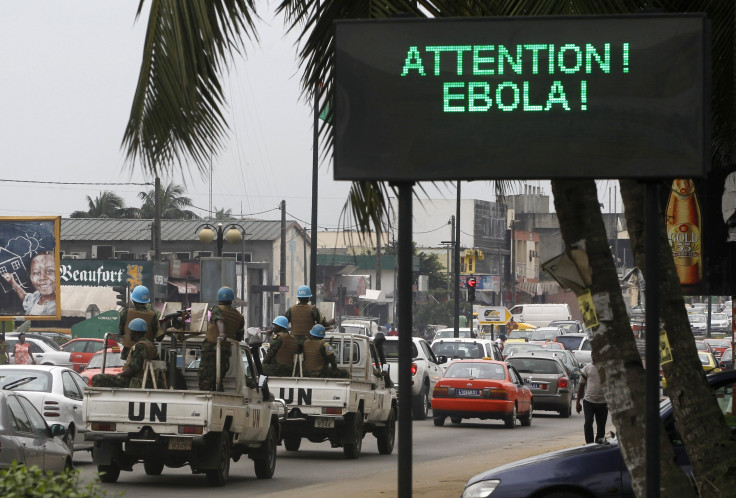Ebola Outbreak Visualized: A History Of The Virus In Africa

The Ebola news gets worse with each passing week. The 2014 Ebola outbreak is the "worst in history," according to Medecins Sans Frontieres, MSF, President Joanna Liu. Since it started in March, this outbreak has spread across four African countries -- Southeastern Guinea, Liberia, Sierra Leona and Nigeria -- and has infected 3,069 individuals and killed 1,552. And news came this week that Senegal, a tourist and transport hub, is testing its first possible Ebola patient. With the epidemic raging across Africa, Tom Frieden, director of the Centers for Disease Control and Prevention, said it was "spiraling out of control."
Silk, a "web-based platform that allows content creators to provide their content in a more structured manner on the web," has created maps of the 22 Ebola outbreaks in history, dating back to 1976. The first reported Ebola outbreak occurred in the Democratic Republic of Congo in 1976, with 318 reported cases and 280 deaths. A second outbreak occurred in Sudan in 1976, with 284 reported cases and 151 reported deaths.
There are five known strains of the Ebola virus, reports the World Health Organization. Reston ebolavirus, which has been found in the Philippines and China, can infect humans but there have been no reported cases. There have been no reported human cases associated with the Taï Forest ebolavirus strain. Three strains (Bundibugyo ebolavirus, Zaire ebolavirus and Sudan ebolavirus) have been responsible for all reported cases of Ebola in Africa.
"Genetic analysis of the virus in this outbreak indicates that it is closely related (97% identical) to variants of Ebola virus (species Zaire ebolavirus) identified earlier in the Democratic Republic of the Congo and Gabon," reports the CDC. The current fatality rate for the 2014 Ebola outbreak is 54 percent. There is no cure for Ebola although several countries are developing experimental drugs to treat the virus.
© Copyright IBTimes 2024. All rights reserved.












